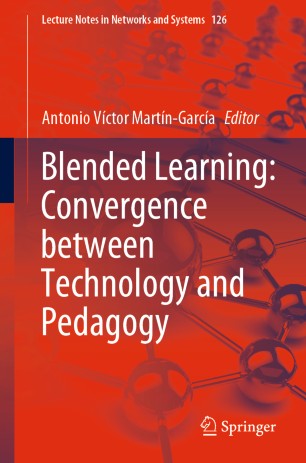

Most ebook files are in PDF format, so you can easily read them using various software such as Foxit Reader or directly on the Google Chrome browser.
Some ebook files are released by publishers in other formats such as .awz, .mobi, .epub, .fb2, etc. You may need to install specific software to read these formats on mobile/PC, such as Calibre.
Please read the tutorial at this link: https://ebookbell.com/faq
We offer FREE conversion to the popular formats you request; however, this may take some time. Therefore, right after payment, please email us, and we will try to provide the service as quickly as possible.
For some exceptional file formats or broken links (if any), please refrain from opening any disputes. Instead, email us first, and we will try to assist within a maximum of 6 hours.
EbookBell Team

0.0
0 reviewsThis book focuses on essential aspects of the theoretical foundations that support blended learning (BL) as a teaching training modality in tertiary education. Analyzing the changes in the world of education that lead to new ways of thinking and learning, it redefines the concept of blended learning at a time of constant growth in many universities around the world. This involves a shared reflection on the role of technology in the current university teacher education programs, as well as on the role that pedagogy plays in increasingly technology-driven contexts. Furthermore, the book presents pedagogical approaches to guide university professors in the design and implementation of blended learning courses. To this end, it describes some of the major models and approaches to BL instructional design, and examines issues related to the quality of BL training and the indicators to measure it, in order to identify those models that contribute to a better understanding of the dimensions that increase its effectiveness.